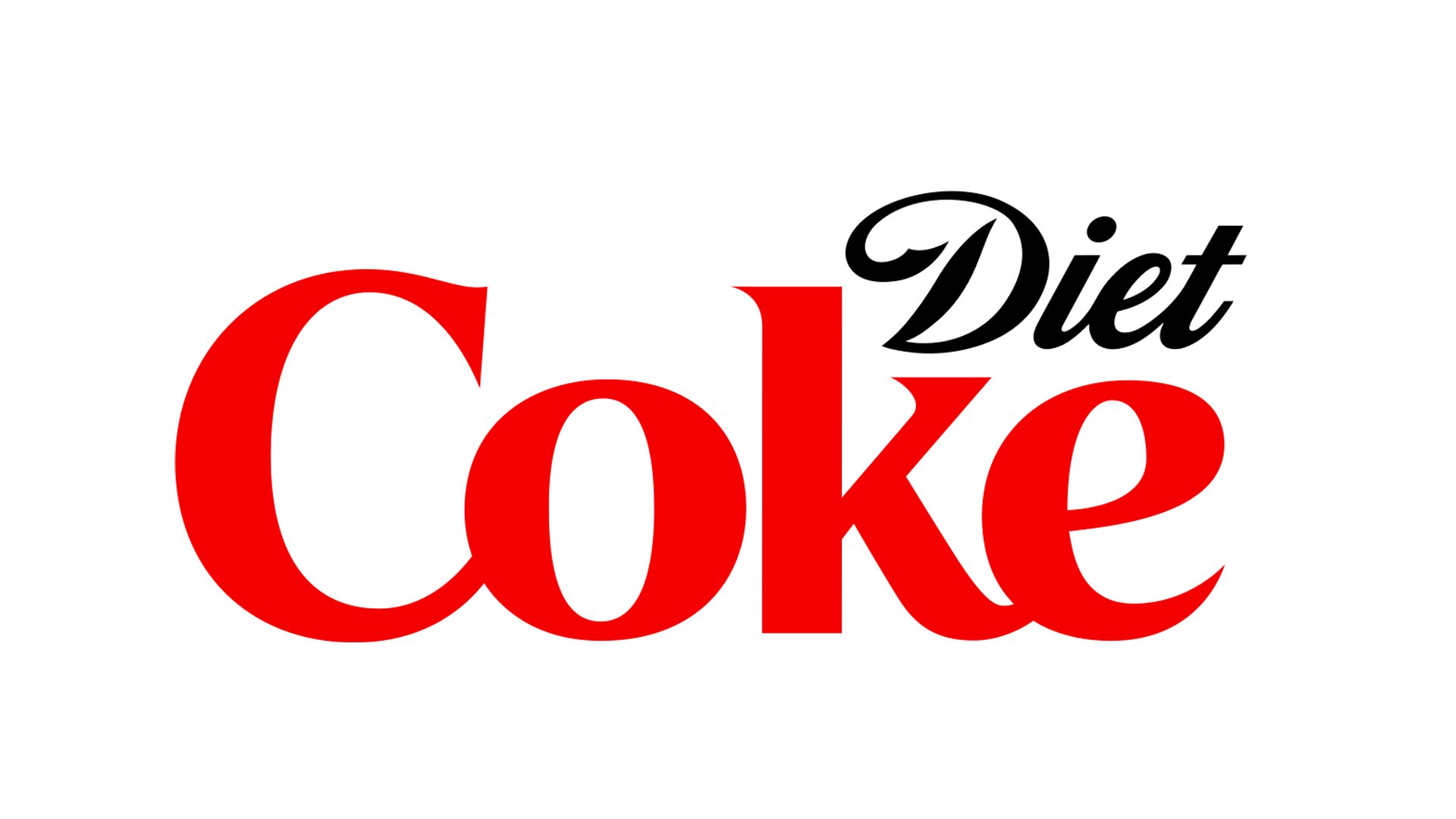
In a world where logos reign supreme and brand recognition is everything, the art of logo design is more than just slapping some text and a flashy graphic together. It’s a delicate dance of colors, shapes, and cultural influences that can make or break a brand’s identity. So grab your design tools and put on your cultural cap, because we’re delving into the wild and wacky world of logo design and how it can unite us all in one big, beautifully crafted global family. Let’s dive in and see how cultural influences can turn a boring logo into a masterpiece that speaks to the hearts of people around the world.
Importance of Cultural Understanding in Logo Design
When it comes to logo design, understanding different cultures is crucial. A logo is a visual representation of a brand, and it should resonate with its target audience. If you don’t consider cultural nuances, you may end up with a logo that offends rather than attracts.
Here are a few reasons why cultural understanding is essential in logo design:
- Avoid cultural faux pas: Imagine designing a logo with a symbol that has a negative connotation in a certain culture. It could be a disaster! Having a good understanding of different cultures will help you steer clear of potential pitfalls.
- Connect with your audience: A logo that resonates with the cultural values and beliefs of your target audience will establish a stronger connection with them. It shows that you’ve taken the time to understand their culture and cater to their preferences.
- Stand out in the market: In a sea of generic logos, a design that reflects cultural nuances can make your brand stand out. It shows that you’re not afraid to embrace diversity and celebrate the rich tapestry of different cultures.
Symbolism and Meaning in Global Logos
Have you ever stopped to consider the hidden meanings behind some of the world’s most recognizable logos? Well, get ready to dive deep into the world of !
First up for analysis is the infamous Nike swoosh. This simple yet powerful symbol represents the wing of the Greek goddess of victory, Nike. It’s no wonder that this athletic brand has become synonymous with success and achievement – just do it, right?
Next, let’s take a look at the golden arches of McDonald’s. This iconic logo is said to symbolize the company’s golden opportunities and prosperity. And let’s not forget the hidden meaning in the curves of the smile – it’s a sly nod to the satisfaction customers feel after indulging in a Big Mac.
And how could we overlook the Apple logo? The bitten apple is a nod to the forbidden fruit from the Garden of Eden, symbolizing knowledge and innovation. It’s as if Steve Jobs himself took a bite out of creativity and changed the world forever!

Incorporating Traditional Elements in Modern Designs
Are you tired of bland, cookie-cutter designs that lack personality? Look no further! can add that extra spark of interest and charm to any space. Mixing old-school charm with contemporary style is a surefire way to create a unique and visually appealing aesthetic.
When it comes to blending traditional elements with modern designs, the possibilities are endless. From incorporating antique furniture pieces into a sleek, minimalist space to adding quirky vintage accessories to a futuristic room, there are countless ways to experiment and have fun with this trend. Embrace the nostalgia and make a statement!
Don’t be afraid to play around with contrasting styles and textures. Mix and match old and new elements to create a visually dynamic space that feels fresh and exciting. Think bold patterns, ornate details, and unexpected pops of color. The key is to strike the perfect balance between tradition and modernity.
So go ahead, channel your inner design maverick and unleash your creativity! is a fun and playful way to inject personality and character into your space. Embrace the past while looking towards the future, and watch as your space transforms into a one-of-a-kind masterpiece!

Impact of Color Psychology on Cross-Cultural Logos
Color psychology plays a huge role in the design of cross-cultural logos. It’s amazing how different colors can evoke various emotions and associations in different cultures. Let’s take a look at how color psychology impacts logos from around the world:
Warm Colors:
- Red: In Western cultures, red symbolizes passion and love, while in Asian cultures, it represents good luck and prosperity.
- Orange: Westerners associate orange with energy and enthusiasm, while in Eastern cultures, it can symbolize spirituality and happiness.
Cool Colors:
- Blue: Blue is often seen as calming and trustworthy in Western cultures, but in some Eastern cultures, it can signify sadness or even death.
- Green: While green is commonly associated with nature and growth in many cultures, in some countries it can symbolize jealousy or even illness.
By understanding the , designers can create more effective and culturally sensitive designs that resonate with a global audience. After all, a logo that brings good luck in one country might bring bad luck in another!

Case Studies: Successful Cross-Cultural Logo Designs
Have you ever wondered what makes a logo successful in different cultures? Let’s take a look at some case studies of brands that hit the nail on the head with their cross-cultural logo designs!
First up, we have the iconic McDonald’s golden arches. This logo is instantly recognizable worldwide, but did you know that the arched “M” is actually a subtle nod to the shape of their famous French fries? It’s a clever design that appeals to customers of all cultures who crave that salty, crispy goodness.
Next, let’s talk about the Nike swoosh. This simple yet powerful logo represents movement and speed, which are universal concepts that resonate with athletes and fitness enthusiasts around the globe. Plus, it’s a great reminder to just do it, no matter where you are in the world!
Lastly, we can’t forget about Coca-Cola’s classic script logo. The flowing letters exude a sense of nostalgia and warmth that transcends language barriers. It’s like a virtual hug in soda form!
Challenges and Considerations in Crafting Universally Appealing Logos
When crafting logos, there are a few challenges and considerations to keep in mind to ensure that it appeals to a wide audience. One major challenge is avoiding cultural insensitivity. What may be considered a harmless symbol in one culture could be offensive in another. So, it’s important to do thorough research on the cultural significance of different symbols before incorporating them into your design.
Another consideration is color choice. Different colors evoke different emotions and can have varying meanings across different cultures. For example, while white may symbolize purity and innocence in Western cultures, it can represent mourning in some Eastern cultures. So, it’s crucial to choose colors wisely to avoid sending the wrong message unintentionally.
Typography also plays a big role in logo design. The font you choose can make or break your logo’s appeal. It’s important to select a font that is easily legible and reflects the tone and personality of the brand. Additionally, ensuring that the logo is scalable and looks good in different sizes is key to making it universally appealing.
In conclusion, crafting a logo that appeals to a wide audience requires careful consideration of cultural sensitivities, color choices, typography, and scalability. By taking these challenges into account and approaching them with creativity and humor, you can create a logo that resonates with people across different cultures and backgrounds.
FAQs
Why is it important to consider cultural influence in logo design?
Because otherwise, you might end up with a logo that unintentionally offends an entire cultural group. Nobody wants that kind of attention.
How can cultural influence be integrated into logo design for global unity?
By doing your research, being culturally sensitive, and avoiding any stereotypes or ignorant assumptions. In other words, don’t google “Chinese symbols” and slap it on your logo without knowing what it means.
What are some examples of successful logos that have effectively incorporated cultural influence?
The Google logo with its ever-changing doodles that celebrate various cultural events and figures, or the Starbucks mermaid that was inspired by Norse mythology. Basically, any logo that didn’t cause an international outcry.
What are some common mistakes to avoid when designing a logo with cultural influence?
Avoid using symbols or imagery without understanding their cultural significance, stay away from offensive stereotypes, and definitely steer clear of plagiarizing traditional designs without permission. In other words, don’t be a lazy designer or a clueless cultural appropriator.
In Conclusion: Global Unity Never Looked So Good!
Thanks for taking a deep dive into the world of logo design and its cultural influence. Remember, whether you’re crafting a logo for a Fortune 500 company or your mom’s knitting club, considering cultural factors can go a long way in creating a design that resonates with global audiences. So go forth and design with unity in mind – the world is your canvas!












